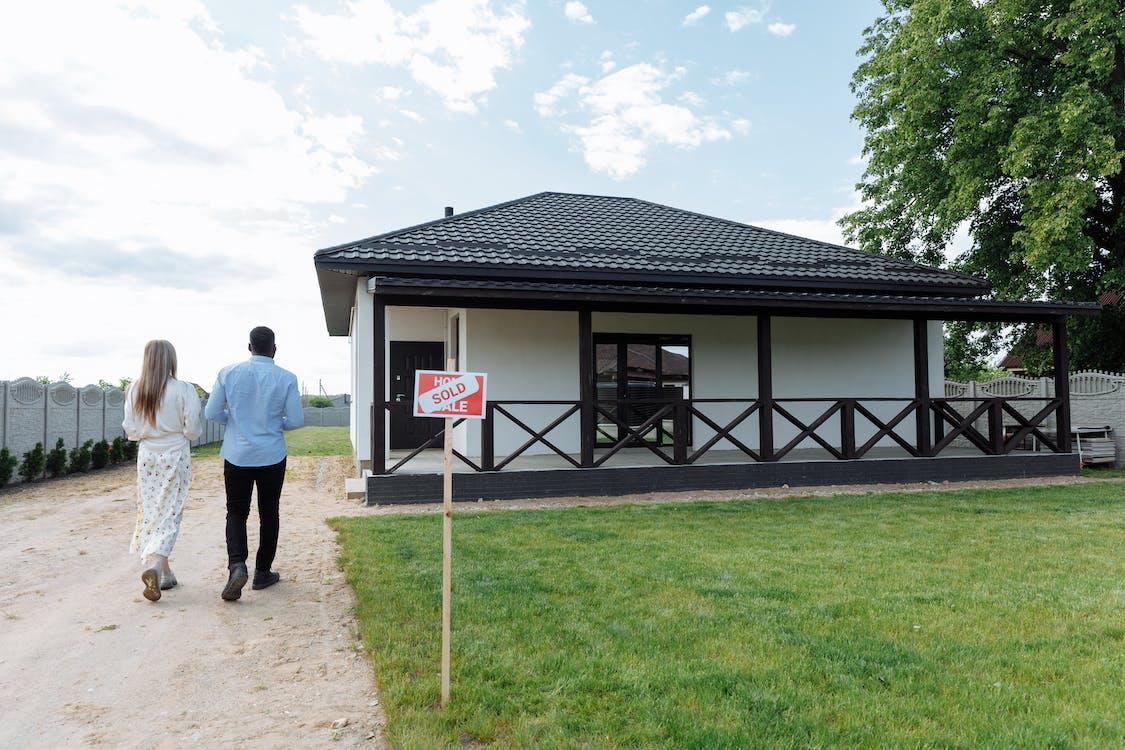Some people are surprised to hear that over 38 million Americans live in apartments.
When it comes to renting out apartments, landlords face a lot of dilemmas. One of them is whether to offer their rental properties unfurnished or furnished.
Is it better to have unfurnished or furnished apartments? Read on for the complete apartment living guide for landlords.
Table of Contents
The Pros and Cons of Unfurnished Apartments
Unfurnished apartments are often favored by rental property owners who want to attract tenants who settle down. These rental units often come empty with only basic necessities like kitchen appliances.
What’s one of the key advantages of renting an unfurnished apartment? It’s that it appeals to tenants who prefer to bring their own furniture and belongings.
This setup can be beneficial for landlords aiming for a stable, less transient tenant base. Landlords could even invest in apartment remodeling services without furnishing.
The downside is that unfurnished apartments may have higher vacancy periods. Potential tenants might be discouraged by the need to invest in furniture and other essentials. This makes the rental property less attractive in a competitive market.
For landlords, this could mean a longer wait to start getting rental income.
The Pros and Cons of Furnished Apartments
Furnished apartments tend to come with furniture the following:
- Appliances
- Furniture
- Sometimes utensils and linens
This option is appealing to tenants who value convenience and don’t want the hassle of moving and buying furniture. Furnished apartments are often preferred by those looking for a temporary living arrangement. This could include the following:
- Students
- Professionals on short-term assignments
- People who are relocating
The main advantage of furnishing an apartment is the potential for higher rental income. Furnished rentals often command higher rates due to the extra convenience they provide.
The downside is that maintaining and replacing furniture can be expensive for landlords. Wear and tear are inevitable, and some tenants may not treat the furniture as well as they would their own.
Consideration for Real Estate Investors
Real estate investors need to be careful before making this decision. They should assess the local rental market and the preferences of the target tenant demographic.
Do you live in an area with a high demand for short-term rentals? This could include business hubs or popular tourist spots. If so, furnished apartments may be the more lucrative option.
You may also live in a region where stability and long-term tenancies are common. If this is the case, unfurnished apartments might be a safer bet.
Landlords also need to factor in the potential expenses associated with furnishing an apartment. While the initial investment may be worrying, it’s crucial to weigh this against the potential for increased rental income and reduced vacancy periods.
Apartment Landlords Need to Think About Furnishing
There’s no universal right or wrong for landlords in the debate between unfurnished and furnished apartments. The decision depends on factors like location, target tenant demographics, and the landlord’s financial goals.
Was this guide on furnished and unfurnished apartments enlightening? Hop around our blog posts for more great real estate content.





